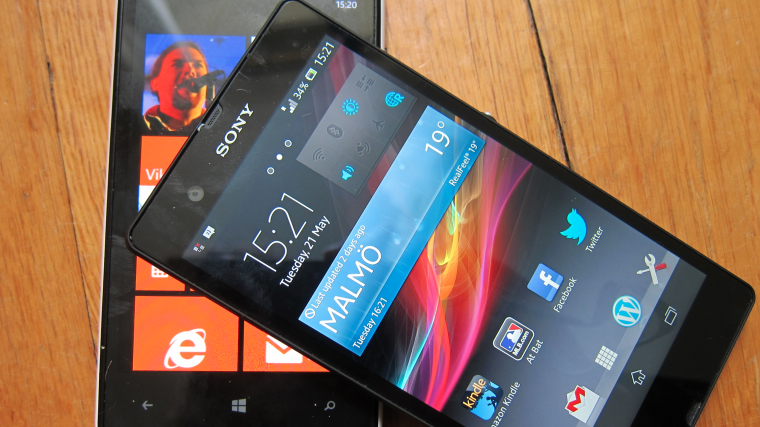This should be an area where Windows Phone can easily beat Android. Windows Phone is a much more efficient operating system. When you move down to lower spec hardware, Windows Phone will be consistently better until you hit the base limit that Microsoft has set.
That's not always the case with Android. There is no hard limit that specifications must match to run the open source version of Android, so the lower specced phones can go very low in terms of CPU and memory, and Android will still be able to be installed on these devices. But if manufacturers are looking to be Android Compatible, and to ship with the Google apps on their device, they will need to meet the Compatibility Definition Document.

This does give Google some control over the hardware that comes out with their seal of approval, but there is still a lot of scope for low-end models to reach the market where the user experience is diminished. Personally, I think the Windows Phone model has the edge here. The lowest specs are able to run the OS as efficiently (albeit on much lower resolution screens) as the latest Snapdragon 800 powered flagships. The only tweak I would make is to ensure that every device has a minimum of 8GB internal storage - while the OS runs with 4GB of storage it effectively bars you from using third party apps because there is no room for them, their data files, and the other temporary files.
It's also worth noting that any Android 4.4 low-end devices will not be entering the fray with a blank sheet of paper. There will be hundreds of thousands of apps in the Google Play that will be able to be installed on these lower end Android devices. Admittedly many of them (especially from the gaming side of things) will not match the experience of the games on a Snapdragon 800 equipped Android device, but the perception in the high street is that 'Android is Android' and these low end devices will still run the apps that everyone in the office with a Galaxy S4 talk about.
That's assuming that people buying these handsets actually want a smartphone to do smartphone-y things - if they just want a cheap handset with basic functions, expect more and more Android handsets to be geared to this 'feature phone' space.
But let's not count Windows Phone out of this game so far. The people coming in to buy the low-end smartphones are, with the best will in the world, not going to be on top of all the news and details of the smartphone world. They'll be looking for a phone that fulfils a certain function - and will probably list phone calls, emails, camera and web as the features they are looking for.

Given that, there's no technical reason why Windows Phone cannot compete. The chances are that the apps that they may recognise (Instagram, Twitter, Facebook, to name three likely candidates) are either on Windows Phone, or due "in the next few weeks." The Lumia 520 (with some help from the Lumia 521 on T-Mobile USA) is already the best selling Windows Phone device on sale and has caught the imagination of the buying public.
Microsoft already has a foothold in the lower-end of the market. With the latest update to Android, Google is gunning for the same market - it's time for Windows Phone to dig in. If Microsoft can promote the advantages of Windows Phone running on low end hardware, if it can have attractive and fashionable options in store with a sense of style, and if it can ensure that sales staff want to sell the low-end devices, then Microsoft can stand toe-to-toe with Android and win the low-end market.
